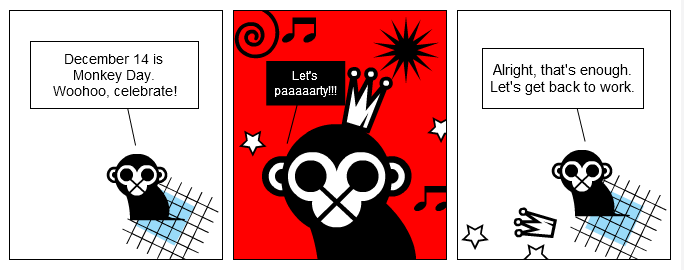If you’re an academic e-resources librarian you know that during the school year you are in a holding pattern, continually looping to the right, with fingers crossed that e-resource platforms and interfaces remain stable and accessible. The goal of the academic e-resource librarian during the school year is “no change.” We want our patrons to have seamless access in exactly the same way, all semester long. This maximizes their productivity because they know what to expect when they go to a vendor platform; changes mid-semester are awful for researchers because they have to stop their research to learn how to use a new platform.
The minute the semester ends and grades are in we give ourselves the okay to land the plane. The ends of semesters are our busy times, when we migrate to new platforms, make upgrades to interfaces, alter URLs, and update security certificates. That means that right before the winter holiday I am a crazy pilot, chugging coffee on 8-hour shifts. During this break in the academic calendar, for example, I have plans to migrate to the new GVRL interface, remove old URLs from our proxy server, remove a bunch of titles from our Research Databases page that we have deemed “not databases,” set up Scholarly Stats, and pull reports of WebFeat search entries.
To manage the changes I keep a running list in a text file during the academic semester of alterations that need to be made. About a month away from the end of the semester I schedule time to make the changes in my calendar, working backward with extra appointments for myself if I need to gather information or collaborate with others to complete the process. It makes for a busy but organized holiday season. HO HO HO!






